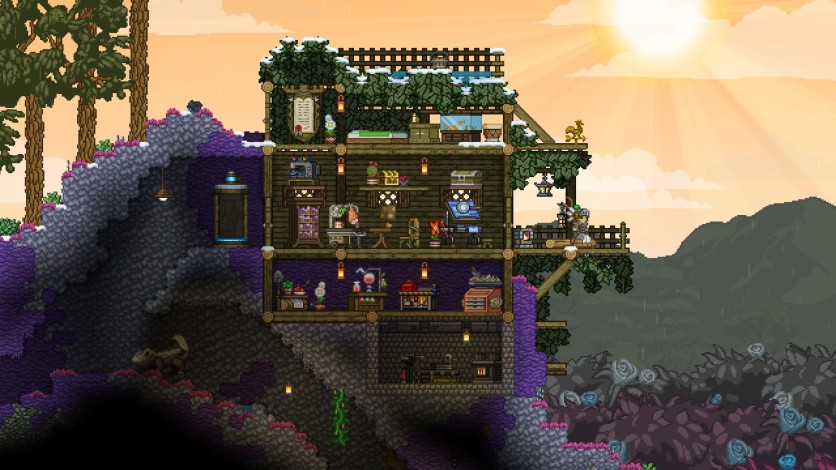Author: Ellen Hendriksen
This 2025 self-help book, “How to Be Enough,” by clinical psychologist Ellen Hendriksen, is a lifeline for anyone shackled by self-criticism or the relentless pursuit of perfection.
Hendriksen attempts to counter the toxic belief that achievement defines worth, arguing that perfectionism is less a virtue than an armor against vulnerability, and one that breeds anxiety and burnout.
Hendriksen’s approach is both clinical and deeply human. She weaves psychological research with raw, relatable stories — from high-achievers crumbling under self-imposed pressure to everyday struggles with inadequacy.
Her solution is what she terms “radical self-compassion” or treating oneself with the kindness of a close friend, especially in moments of failure.
Anchored by cognitive-behavioral techniques, Hendriksen advises readers to challenge distorted thoughts including catastrophizing or all-or-nothing thinking.
Mindfulness practices anchor individuals in the present, while realistic, process-driven goals replace the tyranny of unattainable outcomes, Hendriksen argues.
Hendriksen also confronts societal pressures — from social media comparisons to workplace demands — urging readers to redefine success on their own terms.
Practical exercises include journaling to track self-critical narratives, gratitude practices to shift focus from lack to abundance, and gradual exposure to feared scenarios to build resilience.
Hendriksen makes clear that self-acceptance is not innate but a skill honed through daily practice.
But here is the rub: Some may find the exercises daunting. Can journaling truly silence decades of self-doubt? Does “good enough” resonate in a world obsessed with excellence?
Hendriksen acknowledges the tension, offering no quick fixes but a promise: Liberation lies not in flawlessness, but in embracing imperfection.
Her prose is empathetic, almost conversational and the book’s strength is its unflinching honesty. It does not sugarcoat the work required but reframes it as a journey toward authenticity.
In the end, Hendriksen leaves us with a question: What if “enough” is not a ceiling but a foundation? By releasing the grip on perfection, readers may find not just peace, but the courage to live boldly — flaws and all.
Hendriksen’s “How to Be Enough” is a manifesto for the self-critical, a roadmap from exhaustion to empowerment.
It does not promise enlightenment but something better: a path to breathe freely in a world that demands you never stop running.























